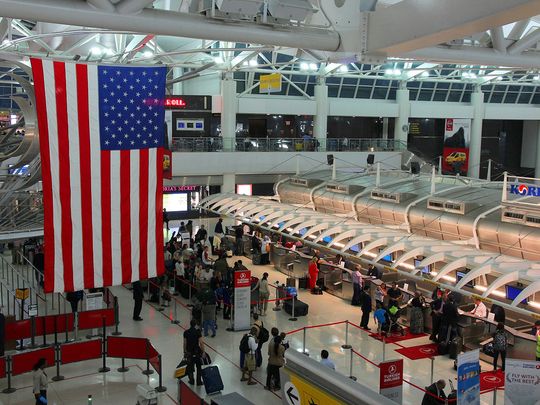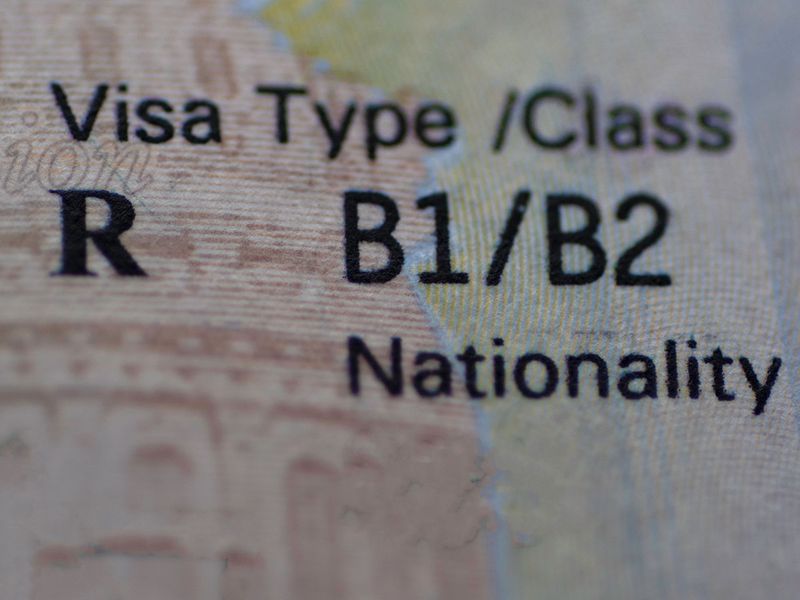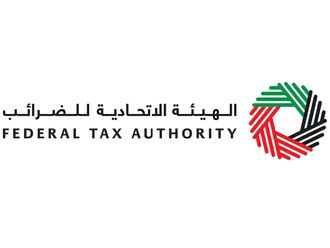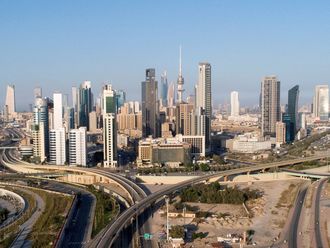
Dubai: UAE travellers to the US hoping to keep their airfares to the lowest possible are coming up with a new strategy to make it happen. And that means keeping travel costs down to less than Dh3,000, which is 40-60 per cent lower than what they would have been paying.
“They are flying to nearby destinations such as Oman (on Oman Air), Qatar (Qatar Airways), and Istanbul (Turkish Airlines), where fares to the US are significantly lower,” said a travel agent.
“On reaching these locations, passengers then embark on a strategy involving a four-to-five-hour layover at European or UK airports before continuing their journey to the US.
"Recently, we arranged a ticket for a passenger who travelled from Dubai to Oman, then onwards to Frankfurt, and finally to San Francisco. The journey cost Dh2,700 - A direct trip to the US would’ve cost him over Dh5,500 at existing rates."
Direct airfares from the UAE to various destinations in the US typically range from Dh3,800 to Dh8,100, depending on the booking.
The recent grounding of Boeing 737 MAX9 aircraft in the US had triggered an unexpected surge in demand for direct flights to the US. And that has led to a significant spike in fares, which is uncommon during the off-peak travel from January to March, said Shanawaz Khan, founder of Trips Away.
This is where indirect flights with stopovers in Europe are helping travelers. Many are opting for connecting flights that include at least two or even three layovers, say travel agents.
Check out these cheaper fares
The biggest drawback of taking multiple flights on an extended route is that it requires passengers to spend a minimum of 23 hours to complete the journey. In comparison, a direct flight from Dubai to San Francisco with Emirates takes just over 16 hours.
A return Economy Dubai to Boston trip on United Airlines, with one pit-stop at Newark Liberty International Airport with a 2-hour layover, costs Dh2,915 (for departure on January 25).
A direct Dubai to Boston flight costs Dh4,355 on Emirates.
Similarly, direct flights from Dubai to Chicago (O'Hare International Airport) are at Dh5,145, while a connecting United flight costs Dh2,775.
“Direct flights are preferable for travelers, and stopovers are generally only undertaken due to price attraction,” said Brendan McKittrick, the co-founder, CEO, and chairman of Aeroband. “Turkish Airlines offers good value from UAE through their main hub to the US, but generally find it hard to compete with a direct Emirates flight.”
Also, this form of travel is more common among leisure than business travelers, he said.
Robust forward bookings
Forward bookings on the UAE-US routes are running higher than this time last year, said McKittrick.
The first quarter is traditionally a quieter period as it is post-winter holidays. “But that will not offset the macro trend in increased demand, which will cause an increase in ticket prices, compared to last year, as the increase in route capacity will generally lag increase in demand,” he added.
Meanwhile, Stan Klyuy, Chief Commercial Officer at Tumodo, a business travel company, said: “We see a steady growth in demand for business trips to and from the US for the UAE market. The increase is 50 per cent.”
Reduced visa processing times
Demand is high even as wait times for new visit (B1/B2) US visas were reduced to 416 days from 600.
Mouhamed Abdulkhalek, Managing Director of Akhom Consulting, said, “Forward bookings should remain robust until the end of first quarter. The numbers should also surpass Q1-2023 demand.”

Higher fares
Looking at historical fares, fares on the UAE-US sector have broadly doubled over the last 10 years, which represents a CAGR (compounded annual growth rate) of around 7 per cent. “It would be reasonable to expect fare increases in the range between 5-10 per cent as a result of increased demand and cost of route capacity increase,” said McKittrick.
On fares, Abdulkhalek said” ‘These are expected to further go up in Q2-2024 once we enter the holiday season’, which would be that for Eid Al Fitr break and during Easter as well.
“This may be the beginning of the entry of low-cost Transatlantic players in earnest offering fares far lower than legacy airlines on direct routes, including even to secondary US airports,” said McKittrick.
This may precipitate the creation of a new market around multi-leg codesharing between hybrid carriers operating from UAE to Europe and low-cost carriers aiming to create a new low-fare market between Europe and the US.
Major airlines such as IndiGo, American Airlines, United Airlines, JetBlue, and Qantas have placed orders for the A321XLR.








